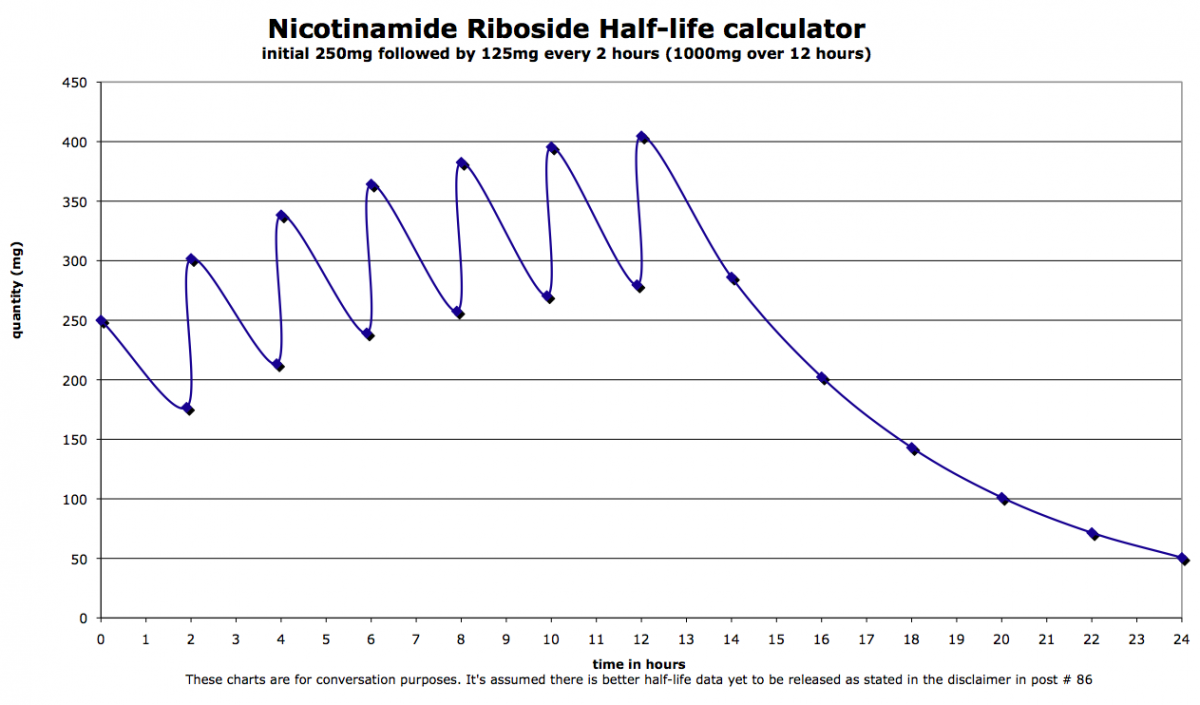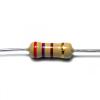Ethic,
Signaling benefits? You mean as far as nuclear or circadian rhythms. As far as NAD levels they begin to rise just before we wake up and decline before sleep. So it makes sense to re-enforce those rhythms rather than work against them.
The Time of Metabolism: NAD , SIRT1, and the Circadian Clock
"In this context, it is the chromatin landscape that most likely functions as molecular substrate of where to “write” or “erase” specific marks by posttranslational modifications of DNA and/or histones (Borrelli et al. 2008). Thus, we hypothesize that the chromatin remodel- ers (“writers” and “erasers” of posttranslational modifica- tions) specifically implicated in circadian control of the genome play a central role in translating changes in cellu- lar metabolism into epigenetic regulation."
Circadian clock is key to firing up cell's furnace
"Mitochondria regulate the supply of energy to cells when we are at rest, with no glucose available from food. In a study of mice, the researchers found that the circadian clock supplies the match to light the furnace and on the match tip is a critical compound called NAD+. It combines with an enzyme in mitochondria called Sirtuin 3, which acts as the flint, to light the furnace. When the clock in an animal isn't working, the animal can't metabolize stored energy and the process doesn't ignite."
"We have established the chain of events that couples the clock's control switch with the machinery of the mitochondria," said Bass, who also is a member of the department of neurobiology at the Weinberg College of Arts and Sciences. "We now have identified an additional link in the supply chain that provides energy to the cell at different phases of our daily sleep-wake cycle. These findings establish a key role for the NAD+ biosynthetic cycle in this process."
So there is some data on this, mostly on mice but these are conserved feedback systems and we share the same machinery. As I said; "it makes sense to re-enforce those rhythms rather than work against them."
This is where Nate can start his research being that this is where his questions are arising.
We also have to fall back on the comments of Leonard P. Guarente of MIT. He said; "sirtuins have an absolute requirement for NAD+ for their activities."
What does he know? He was the father of the ideas we are kicking around.
Small-Molecule Allosteric Activators of Sirtuins
Ah okay, that makes sense  I somehow overlooked the chart title...but AFAIR we still don't know if we have to produce a high peak or maintain a steady level of NR itself for its signaling benefits, right?
I somehow overlooked the chart title...but AFAIR we still don't know if we have to produce a high peak or maintain a steady level of NR itself for its signaling benefits, right?
Edited by Bryan_S, 09 May 2016 - 06:17 PM.

































 This topic is locked
This topic is locked





























